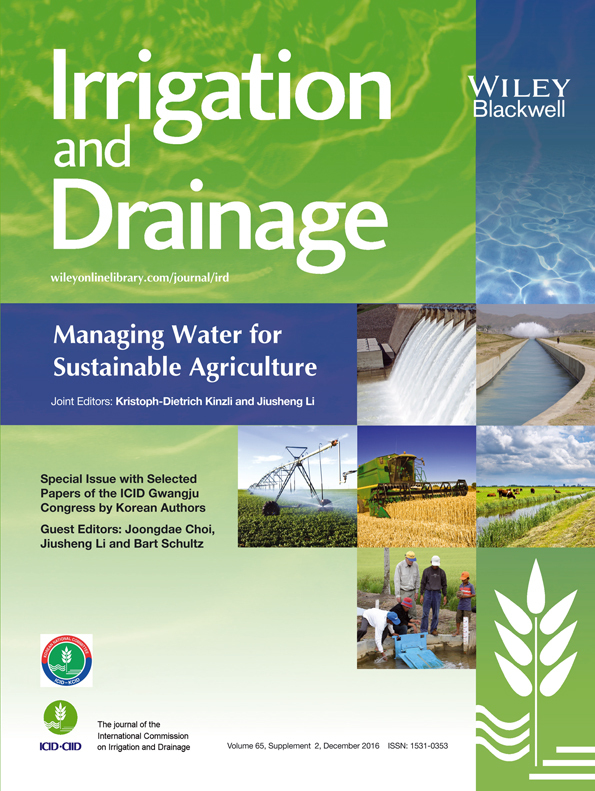Statistical Approach to River–Aquifer Interaction in the Lower Nakdong River Basin, Republic of Korea†
Abstract
enThe construction of river barrages has led to an increase in groundwater (GW) levels (WL_G) near the upstream regions of these barrages, particularly in the wet season. Statistical approaches were applied in this study to examine the relationships between WL_G and river water (RW) level (WL_R), and electrical conductivity of groundwater (EC_G) and electrical conductivity of river water (EC_R) in the Changnyeong–Haman river barrage area located downstream of the Nakdong River for the period June 2011–January 2014. Our finding suggested that the WL_G increased and the concentrations of most chemical constituents in the GW decreased in the study area owing to the construction of the barrage. However, long-term operation of the barrage is expected to trigger a decrease in the RW–GW interaction resulting from the clogging of the bed and the wall of the river, which would in turn increase GW contamination. Copyright © 2016 John Wiley & Sons, Ltd.
Résumé
frLa construction de barrages sur le fleuve a conduit à une augmentation des niveaux (WL_G) des eaux souterraines (GW) adjacentes aux régions en amont des barrages, en particulier dans la saison des pluies. Une approche statistique a été appliquée dans cette étude pour examiner la relation entre WL_G, le niveau (WL_R) dans la rivière (RW), la conductivité électrique (EC_G) de GW, la conductivité (EC_R) électrique de RW dans la zone du barrage Changnyeong–Haman situé en aval de la rivière Nakdong, pour la période de juin 2011 à janvier 2014. Dans la zone d'étude, il a été révélé que le WL_G a augmenté et les concentrations de la plupart des constituants chimiques dans GW ont diminué en raison de l'effet du barrage de la rivière. Cependant, on prévoit que l'exploitation à long terme du barrage va entraîner la diminution de l'interaction RW–GW en raison du colmatage du fond et des parois de la rivière, ce qui augmenterait la contamination de GW. Copyright © 2016 John Wiley & Sons, Ltd.




